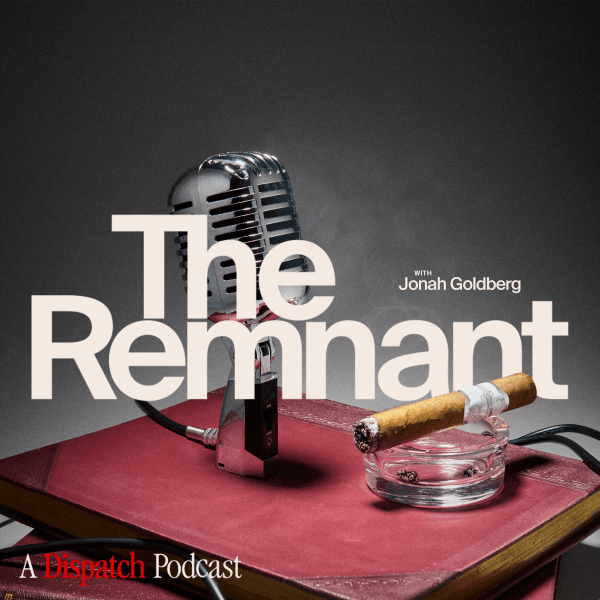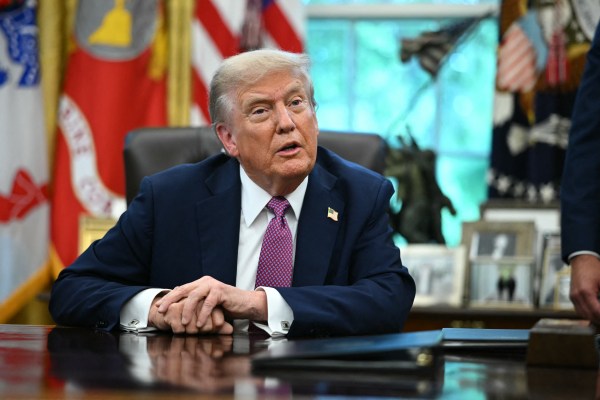The U.S. Supreme Court is hearing oral arguments Wednesday in Loper Bright Enterprises v. Raimondo and Relentless Inc. v. Department of Commerce, which could significantly affect how administrative agencies make and enforce federal law. The cases concern a decades-old legal precedent—commonly referred to as Chevron deference—through which federal courts grant federal agencies discretion over interpretations of their own authority, so long as there is ambiguity in the authorizing statute.
The Supreme Court’s decisions in Loper Bright and Relentless could significantly decrease executive branch agencies’ regulatory authority at a time when divided government has led to increased governing through bureaucracies.
How do executive agencies make, enforce, and interpret federal law?
Chevron deals with the different types of federal law and how they interact. “Authorizing statutes” create or modify executive agencies and spell out the scope of the agencies’ authority. That authority is sometimes mandatory (what an agency must or must not do) and other times is discretionary (what an agency may do). Agencies then promulgate rules and regulations interpreting and applying the authorizing statute.
For example, the Nutrition Labeling and Education Act of 1990 created certain nutrition labeling requirements. But it’s the U.S. Food and Drug Administration’s rules and regulations that specify things like the size, font, and placement of those nutrition labels.
Agencies also enforce the laws they write, and disputes are typically adjudicated by administrative law judges (i.e. agency employees) instead of by Senate-confirmed federal judges, who are part of the judicial branch. It’s in this sense that federal agencies are sometimes said to exercise the powers of the legislative, executive, and judicial branches.
What is Chevron deference?
Chevron is a legal doctrine (musically explained by a group of NYU law students) that comes from the 1984 case Chevron U.S.A. Inc. v. Natural Resources Defense Council Inc. The Clean Air Act, originally passed in 1963 but updated several times, required some polluters to obtain a permit before building a new “stationary source” of pollution. But the Environmental Protection Agency (EPA) under the Reagan administration adopted a new regulation interpreting “source” in a way that reduced the number of new devices and buildings that would require a permit, prompting a legal challenge from environmental advocacy group Natural Resources Defense Council (NRDC). In an opinion penned by then-Judge Ruth Bader Ginsburg, the D.C. Circuit Court sided with NRDC, reasoning that, because the statute did not define a “source,” the word should be interpreted in a way consistent with the original purposes of the Clean Air Act. But the Supreme Court overturned that ruling in a 6-0 opinion (with three justices recusing themselves), holding that when a statute is silent or ambiguous, courts must defer to agencies’ interpretations rather than supplying their own.
Chevron deference puts a thumb on the scale for agencies. In step one of the Chevron test, courts examine whether the authorizing statute is ambiguous on the relevant issue. If the statute is clear, the agency must follow it. But if the statute is ambiguous, courts move on to step two, which asks if the agency’s interpretation is reasonable. If it is, the court defers to the agency’s interpretation, even if the court disagrees that it is the best interpretation.
What’s the background of the Loper Bright and Relentless cases?
In 1976, Congress passed the Magnuson-Stevens Fishery Conservation and Management Act (MSA) to address concerns about overfishing in American coastal waters. The MSA authorized the National Marine Fisheries Service (NMFS) to require fishing vessels to carry third-party observers on board to collect data about a vessel’s catch, but the statute did not state whether the agency or the vessel owners would be responsible for paying for the observers’ services.
In 2017, NMFS implemented an “industry-funded” system that required vessel owners to pay for the observers’ services. NMFS estimated that these costs could total up to 20 percent of the fisheries’ annual revenues. The petitioners in Loper Bright, a group of New Jersey commercial fishing firms, and Relentless, two Rhode Island commercial fisheries, challenged the agency’s authority to put the cost on vessel owners.
In Loper Bright, the U.S. District Court for the District of Columbia ruled in favor of NMFS. Applying Chevron step one, the court held that three sections of the MSA, taken together, unambiguously authorized NMFS to require vessel owners to fund the observers.
An appellate court affirmed the lower court’s judgment, though it disagreed with the lower court’s step-one Chevron analysis. It held that the statute’s silence regarding the payment for observers’ services was ambiguous, but also that the agency’s interpretation of the statute was reasonable.
In Relentless, the U.S. District Court in Rhode Island held that the MSA was ambiguous and that NFMS’s interpretation was reasonable. The 1st Circuit Court of Appeals affirmed the ruling, relying on the D.C. Circuit’s opinion in Loper Bright. Both the district and appealscourts cited the “necessary and appropriate” language in the MSA in support of their holdings.
The fisheries in both cases appealed to the Supreme Court, which consolidated the cases and granted certiorari. Now, the court will decide whether it should overrule Chevron or whether statutory silence in this context constitutes statutory ambiguity.
Why does Chevron deference matter?
Chevron affects who makes the law. Critics of Chevron deference say agencies inappropriately (and perhaps unconstitutionally) exercise executive, legislative, and judicial power without external checks with sometimes devastating consequences for regulated parties. Some critics also believe Chevron deference unconstitutionally limits the authority of the federal judiciary—which includes U.S. district and appellate courts along with the Supreme Court—because it requires them, in some circumstances, to defer to executive agencies’ interpretations of the law. Chevron supporters argue that Congress is well within its right to delegate lawmaking to agencies and that federal courts stepping in would impinge on Congress’ legislative authority.
Chevron also affects regulatory stability. Proponents of Chevron deference claim that eliminating or narrowing it would reduce agency discretion by increasing judicial discretion. Instead of subject-matter experts making policy decisions, often in response to fast-emerging technology, uninformed and politically motivated judges, they argue, will control policy, resulting in poorer and less-predictable regulation. But critics believe the status quo creates regulatory instability: Because the president controls executive agencies, the party controlling the White House can significantly change the law without congressional majorities.
What’s the likely outcome?
Some experts expect that little would change if the Supreme Court overturns Chevron because, they argue, the Supreme Court has already limited Chevron’s applicability by answering step one (“is the law ambiguous”) in the negative, cutting short the Chevron analysis and limiting agency discretion. From that perspective, eliminating Chevron would lead to a marginal decrease in agencies’ regulatory power and just might push Congress to do more itself and delegate less. Even a holding that statutory silence is not ambiguity under Chevron would significantly limit agencies’ discretion in regulation and rulemaking.
But others argue the effect will be a larger curbing of agency power. Though the Supreme Court has not relied on Chevron recently, even when it seems directly applicable, lower courts are still bound to apply it without clearer direction from the high court. If the Supreme Court does limit or eliminate Chevron deference, agencies may be less ambitious in their proposed rules and regulations if they believe federal courts with narrow interpretations of authorizing statutes will strike them down. Congress and courts will end up making more policy decisions instead of subject-matter experts in agencies.
Though the long-term effect of this case may be uncertain, the scope of agency authority is more relevant than ever due to congressional deadlock—and increased executive action. This case may determine how much room a president has to make policy in times of divided government.






Please note that we at The Dispatch hold ourselves, our work, and our commenters to a higher standard than other places on the internet. We welcome comments that foster genuine debate or discussion—including comments critical of us or our work—but responses that include ad hominem attacks on fellow Dispatch members or are intended to stoke fear and anger may be moderated.
With your membership, you only have the ability to comment on The Morning Dispatch articles. Consider upgrading to join the conversation everywhere.